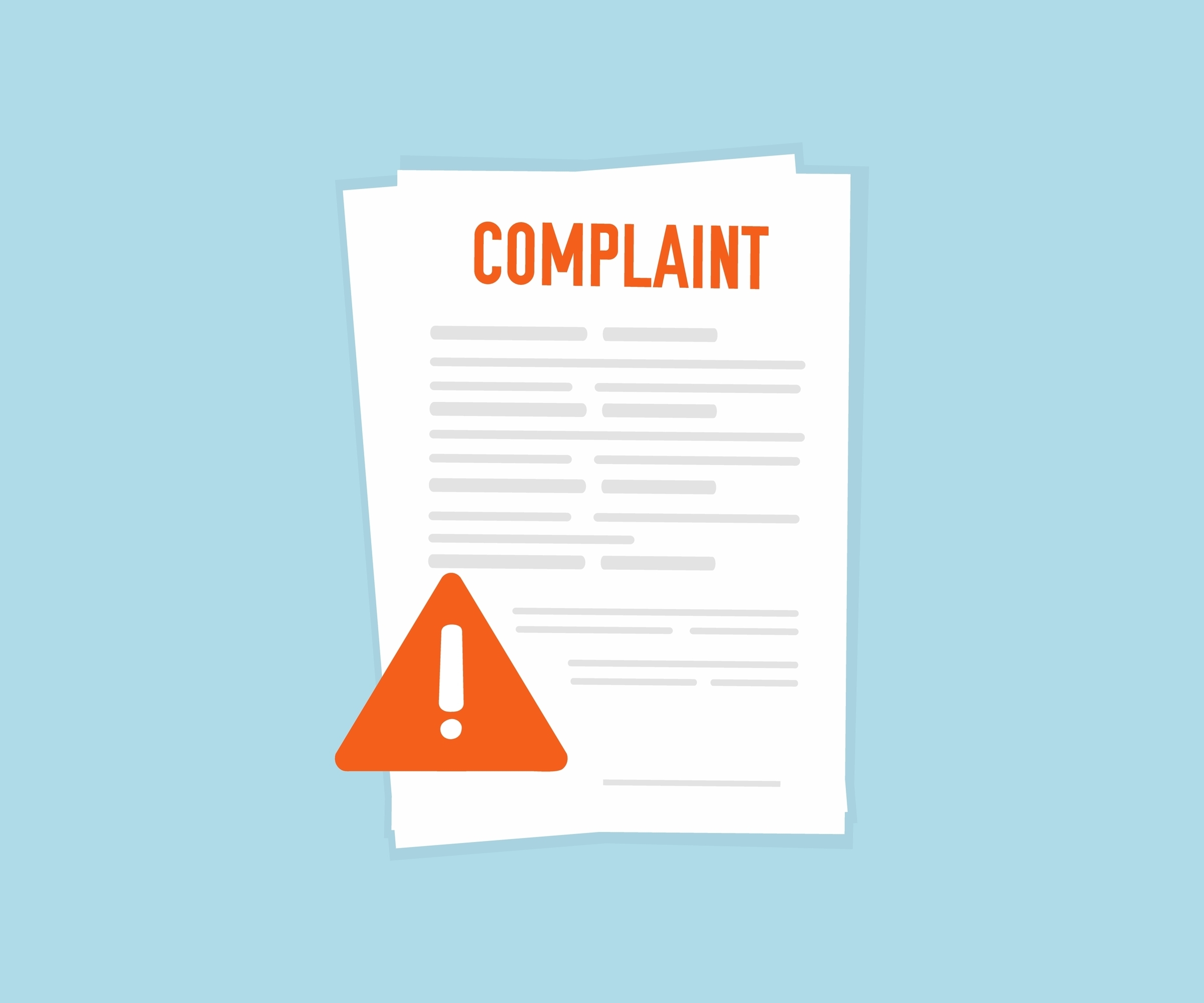
More than half (58%) of marketers rated their content marketing strategies as only “moderately effective” in a recent survey by the Content Marketing Institute. Another 12% stated they weren’t effective. Less than a third (29%) of marketers said they were satisfied with their content strategies.
If you are one of the latter, that’s great! Keep doing what you’re doing for the coming year. If you fall into one of the former categories, it’s time to figure out where your content strategy is failing you. Read on to learn about some of the top content marketing plan complaints — and how to fix them.
Need step-by-step help? Start by checking out our Anatomy of a Content Plan infographic to learn what all goes into this formative document. Then, check out our Step-by-Step Guide to Creating Your Next Content Plan. Don’t delay! We generally recommend beginning to plan four months ahead of time.
Complaint #1: The content plan isn’t data-driven.
 Of the marketers who were less than thrilled with their content strategies, 35% said it was because the plan wasn’t data-driven. Without data, even the best plan is just a guess (however educated it may be). When creating your next content plan:
Of the marketers who were less than thrilled with their content strategies, 35% said it was because the plan wasn’t data-driven. Without data, even the best plan is just a guess (however educated it may be). When creating your next content plan:
- Analyze consumption data. Start by reviewing the metrics for your previous content plan. What drew eyeballs? What got clicks? What led to conversions? What encouraged engagement? Look for trends and identify what types of content and which topics seem to best resonate with your audience.
- Collect input from all stakeholders. Data is important, but it doesn’t necessarily provide context. That’s where talking to stakeholders comes in. And when we say you should talk to all stakeholders, we mean anyone who weighs in on or who you expect to be influenced by your content. This will be different for every organization and will depend on whether you produce internal or external content. In general, this list could include: customers, product leads, department heads, sales, customer service, VPs, etc.
Complaint #2: The content plan (or upper management) has unrealistic expectations.
We all would love for our content plan to do all the things. But part of creating a strategic plan is setting realistic expectations. Here’s how:
- Set goals and objectives. You won’t know what content you need until you know what you’re trying to achieve. Is it lead generation? Nurturing? Conversion? Awareness? Education? Engagement? Spell out exactly what you plan to achieve in the coming year.
- Establish budget and resource parameters. Your goals won’t mean much if you don’t have the appropriate resources to fulfill your plan. Make sure you understand your budget (both money and personnel) prior to committing to content. That way, you’ll prevent yourself from wasting time in brainstorming sessions coming up with content that will never be created.
- Get buy-in. If expectation setting is a priority for you this year, we suggest getting buy-in from internal stakeholders along the way. Share with them your data, goals, objectives and budget so when you send them your completed plan, they have a better understanding of how it came to be.
Complaint #3: The content plan isn’t tied to the customer journey.
This was the No. 1 complaint in CMI’s survey. Nearly 40% of marketers said they were dissatisfied with their content strategies because they weren’t clearly tied to the customer journey. Whatever your goals, next you’ll want to:
- Plot your content calendar. Decide whether you’ll publish content based on an annual calendar or timed to your customer journey. Ask yourself what types of content you’ll need and at what frequency you plan to publish. Plot any known needs on your content calendar first. Do you have a trade show coming up in the spring or a grand opening planned for next fall? Is sales pushing for a white paper for the decision stage of the customer journey? Start with the knowns and then fill in with supporting and other types of content — ebooks, videos, articles, blog posts, infographics, webinars, podcasts, etc.
- Brainstorm and slot creative. Here’s the fun part. This is when you get to come up with the topics for all the content pieces. As you fill out your calendar, we recommend being specific. Instead of “breast cancer awareness blog,” include an angle and subject matter expert(s) you plan to turn to. Think about it this way: If a writer joins your team mid-year, they should be able to look at your content calendar and get to work.
Complaint #4: The content plan is focused on quantity, not quality.
As marketers, it’s easy to get wrapped up in the amount of content we produce, especially if higher-ups are applying the pressure to churn out more. It’s our job to push back and remind stakeholders why quality content is more effective than content quantity. Here are some ways to ensure the content you produce is of high quality:
- Assign leads. Depending on the size of your team, you’ll want to assign owners for each content piece. In some organizations content leads ladder up to different areas of the business or various product lines. Sometimes it’s a matter of simply dividing and conquering as needed, depending again on the size of your team.
- Find opportunities to break up or combine content. Quality content — when done right — can often be spun off to create quantity. As you put together your content plan, take the opportunity to be as strategic as possible with your resources. Could you turn a white paper into multiple blog posts? Or multiple articles into an ebook? How could you leverage stats from original research into multiple pieces of content?
There are other ways to create efficiencies as well. For instance, could you interview an SME once and use that conversation to inform three pieces of content? Could an educational/awareness piece you produce for your early-stage buyers be turned into a one-sheet to upsell current customers? Perhaps an article featuring three patient success stories could be turned into a blog series. Use your powers of creativity to figure out ways to repurpose content — the right way.
Regardless of your chief content complaint, one thing is clear to us at AVC: To make content effective, planning is a must. Need help getting started? Send us a note.
